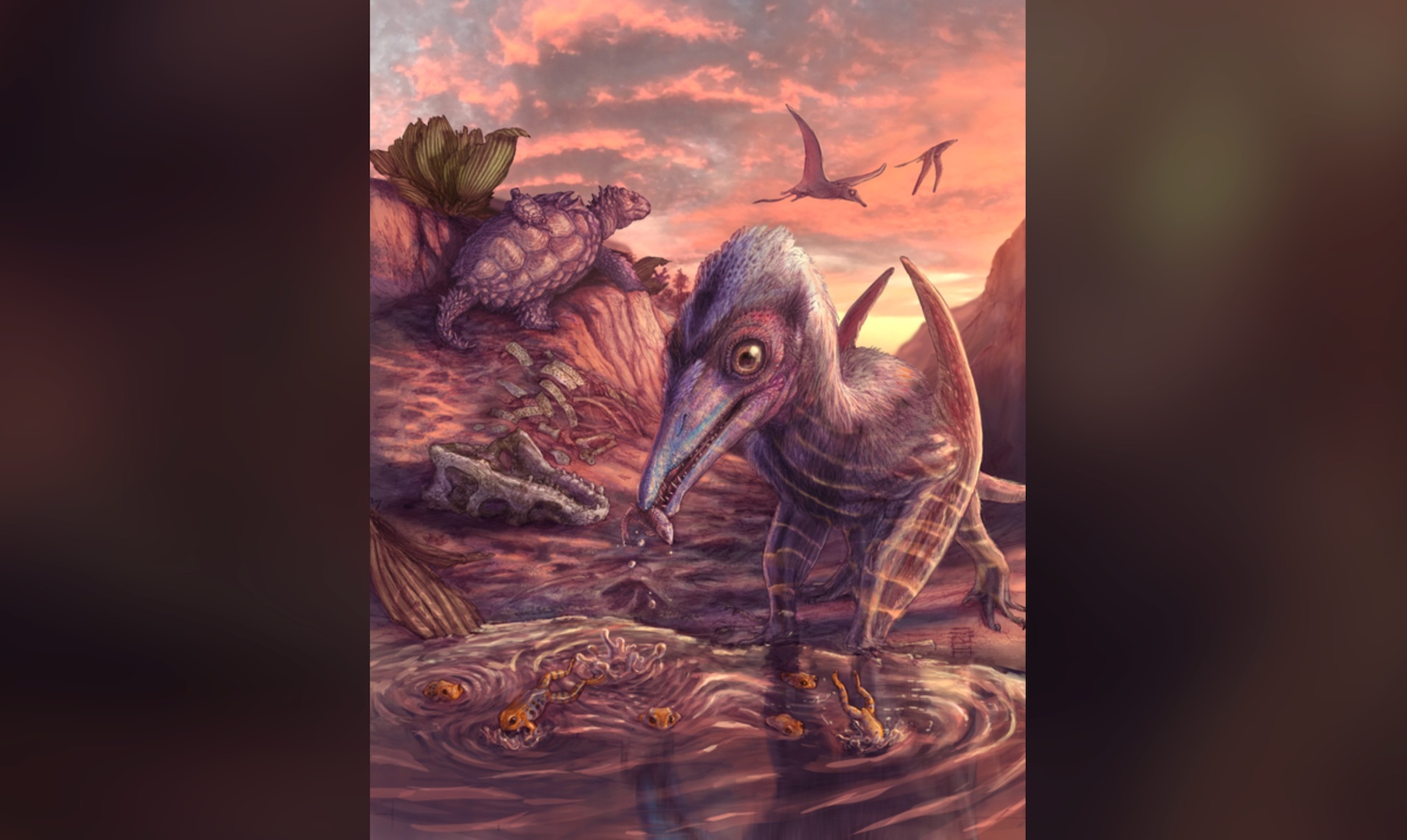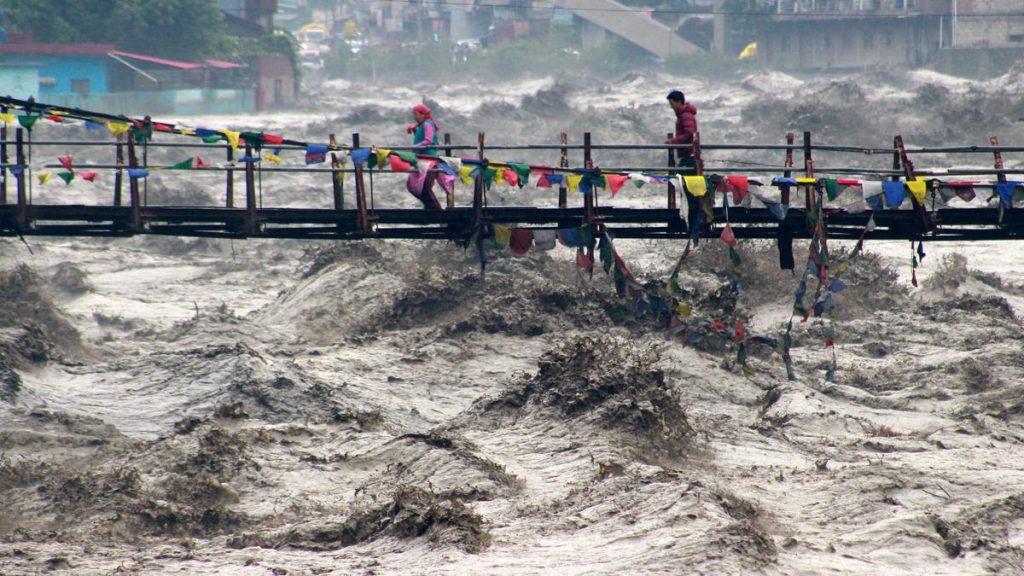Now Reading: North American Pterosaur Discovered to Be Surprisingly Small
-
01
North American Pterosaur Discovered to Be Surprisingly Small
North American Pterosaur Discovered to Be Surprisingly Small

Rapid Summary
- Researchers from the Smithsonian’s National Museum of Natural history discovered North America’s oldest pterosaur (Eotephradactylus mcintireae) in Arizona’s Petrified Forest National Park.
- The fossil is from the late Triassic period (around 209 million years ago) and offers insights into prehistoric ecosystems before mass extinction events.
- The vertebrate assemblage includes ancient amphibians, crocodilians, early turtles, and frogs; one turtle had spike-like armor and a small shell.
- Archaeological findings partially close a 13-million-year gap in Earth’s fossil record leading up to the end-Triassic extinction but leave a remaining 7-million-year gap.
- Eotephradactylus was likely fish-eating, based on tooth wear patterns suggesting specialized feeding habits for early pterosaurs. It also had complex teeth configurations compared to later species.
- Volcanic ash within bonebeds helped researchers date fossils precisely. Seasonal floods buried animal carcasses contributing to their preservation.
- over 1,200 fossils were uncovered during this study by scientists and volunteers over several years. Volunteer Suzanne McIntire found the remarkable pterosaur specimen.
!Two paleontologists digging for fossils
CREDIT: Ben Kligman, Smithsonian.
Indian Opinion analysis
The finding of North America’s oldest known pterosaur not only enhances global understanding of prehistoric life but also underscores how interdisciplinary collaboration-including volunteer efforts-can advance scientific research. For India specifically, such findings serve as reminders of the importance of preserving natural resources like fossil-rich regions (e.g., India’s Mesozoic deposits) while encouraging educational outreach in paleontology.
India has abundant ancient geological sites such as those in Rajasthan or central India that are tied to Gondwanaland-a counterpart to Pangaea-offering potential discoveries akin to Arizona’s Petrified Forest National Park. Leveraging expertise from other nations or promoting domestic initiatives could deepen understanding about evolutionary transitions that shaped global biodiversity.
By emphasizing conservation and research partnerships across institutions globally and locally,India could foster discoveries with implications not just for science but also tourism prospects around heritage sites containing rich fossil records.Read More























